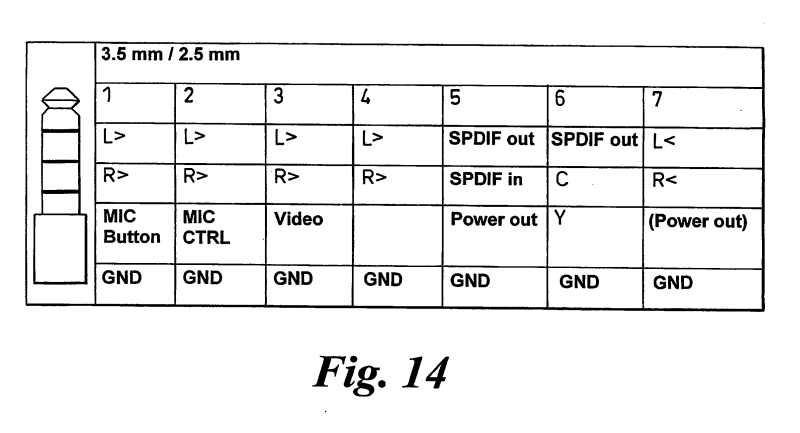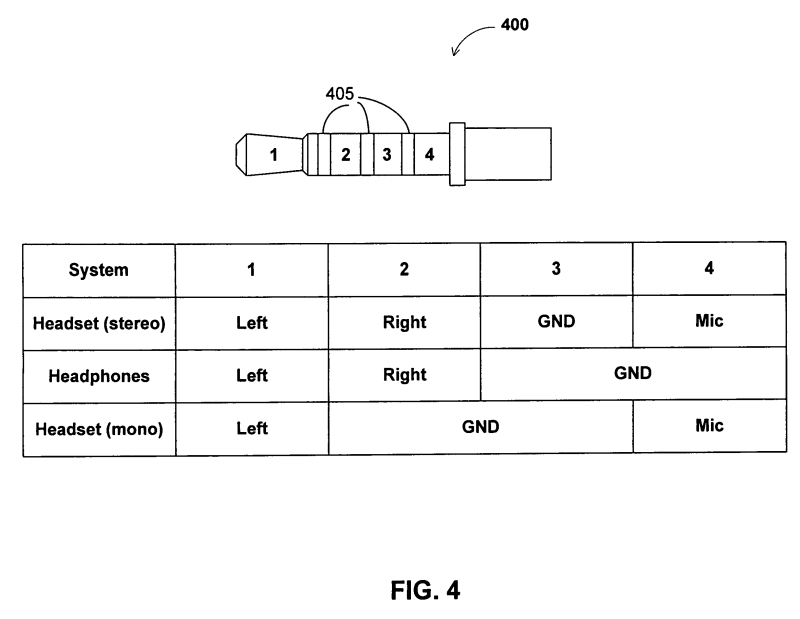Articles about the impending smartification of home appliances always crack me up:
http://www.technologyreview.com/news/514941/home-tweet-home-a-house-with-its-own-voice-on-twitter/
Because they always remind me of one of Ray Bradbury’s finest short stories from the days when rocket ships and going to Mars and the horrors of thermonuclear war were all eminently possible:
http://en.wikipedia.org/wiki/There_Will_Come_Soft_Rains_(short_story)
The article’s protagonist’s ending quote is golden:
“When the dishwasher or the washing machine are running, I want them to tell me when they’re finished or how long there is to go,” he says. “I want that kind of information, because it’s just irritating not knowing.”
Which raises the existential question:
If he’s home, he’ll probably hear the ending beeps. But if he’s not home, and a bear shat in the woods, what difference would it make?
I’m not sure what the global market for smarter home appliances is, or ever will be. But I’m guessing its appeal is somewhere between 3D movies at home and internet-capable televisions that require text input via on-screen keyboards. There may be benefits, but just getting them set up might be such a hair-tearing experience, that the average user won’t bother.
In any case, I do know that the last thing I’ll probably ever need is something like the following:


